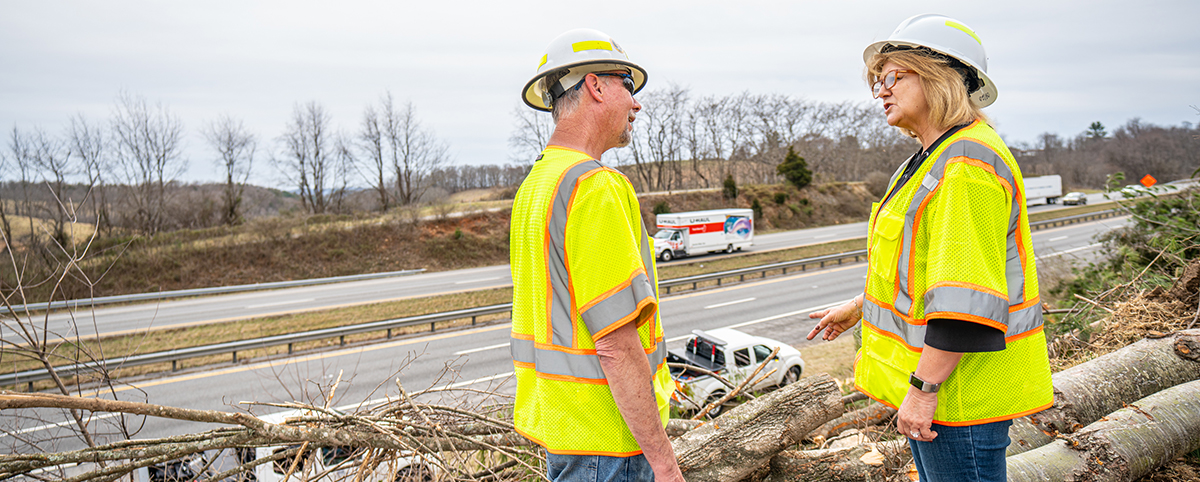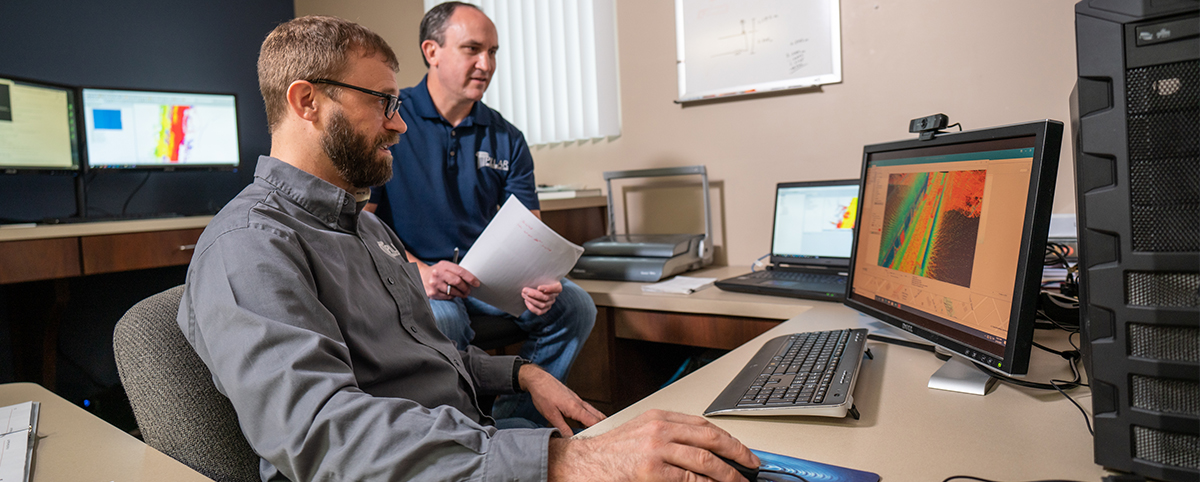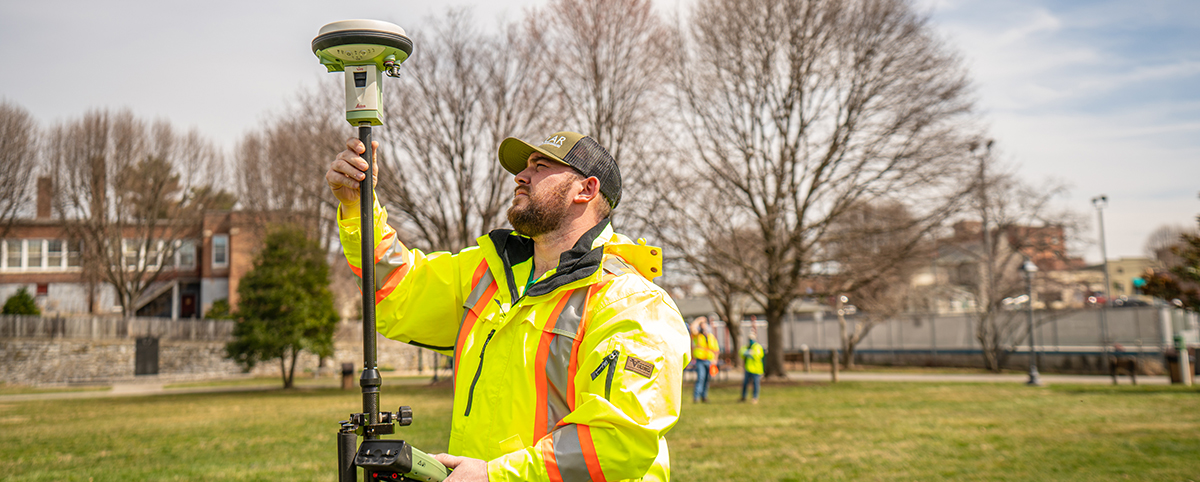In the US, public health authorities and OSHA have identified violence as the fastest growing occupational safety hazard and are taking steps to address this issue. Some worker populations are more at risk than others, such as delivery drivers, cab drivers, health care workers, social workers, mental health workers, and others who carry cash or deal with large numbers of people. Practically all working persons have some degree of exposure to violence simply because we spend about 30% of our lives ‘on the job’.
The most obvious targets are persons whom seem likely to have cash or valuables in their possession. The amount doesn’t matter. This is why a lot of vehicles are marked with ‘Driver Carries No Cash’ signage. Or convenience stores, where we can see the sign posted stating ‘Not more the $20 in the till’ or other limitations. Drop safes are also used there to limit the amount of cash on hand.
Sadly, many unbalanced people seem particularly fixated on resolving even minuscule disputes with a firearm. Maybe this is due in part to our upbringing in a culture based on Hollywoodstyle lessons of violence and guns. Firearms are relatively easy weapons, which has the effect of making a bad situation worse. A less reliable method, for example, would be poisoning your boss because he fired you.
We have learned a few basic truths about what drives some people to become violent toward their coworkers, but human nature is infinitely changeable, and keeps coming up with even more unpredictable behaviors.
Very often, there is a history or pattern of bad behavior preceding the blowup. This pattern is often ignored or ascribed to strange personality or otherwise dismissed. No one wants to be confrontational over it, because we all want to ‘get along’, right?
Take threats seriously. If someone is unbalanced, they will often vocalize their revenge, 2/3 anger or fantasy. It’s part of their relief mechanism.
Be aware of your surroundings at all times. Late night, remote areas, drunk or impaired motorists, disoriented people, vagrants, criminal activity, drug deals, etc. These are all elements of potential trouble.
Be proactive against danger. Getting out of work late into a dark parking lot? Use your car alarm fob as a warning device.
Stay connected. Listen to the local radio or at least have the emergency alert app loaded on your phone. Social media is increasingly being used to make wide notice of events. (Remember to NEVER text while driving!)
Protect yourself at all times. Usually by maintaining distance, such as avoiding the scene of an event unless you have no choice. This is a judgment call based on a lot of factors
Keep in mind, EMS or police response via 911 calls are not always exactly on target. Your location may not be known or found with any degree of precision. Be mindful of your exact location address and definitive landmarks and directional clues for describing your exact whereabouts.
Do not engage a situation. With something like Road Rage, further engagement usually only worsens an incident.
The ‘disabled motorist’ scam is a common ruse used by criminals. Although, most of us ‘want to help’,remember, we are not ‘Road Rangers’ or AAA.
Report unusual incidents such as highly suspicious behavior, unauthorized presence, someone following you or making threatening gestures, brandishing a firearm, random gunfire, unusual or other unpredictable behavior, etc. This is highl judgmental, but be aware of your situation at all times. If there is no report, the police cannot “connect the dots” to reveal a pattern or establish a presence or timeline.
Many workplace incidents are gradually precipitated by some type of domestic or romantic issue or other underlying psychosocial dysfunction in a persons life. “They’re a loner” or “They’re weird.” The ‘job’ itself usually does not have enough emotive power over a person to cause the snap.
The grudge is usually not about work or money, it’s about respect, personality, cred, affection, custody of the kids, etc. Work is just the most convenient place to make it happen. Plus, there’s a built in audience, and maybe more opportunity to harm others.
Preventive planning includes preemployment screening, simple behavioral psychology tests and questionnaires, reference checks, etc. If it’s a highly sensitive position, you should consider doing a hair sample test for drug use history.
Offering counseling as part of your benefits package is kind of like putting padlocks on the pantry door they keep out the honest thieves. But it might help an individual with mental difficulties.
Defensive planning includes having a ‘safe room’ that has strong locks on any doors, a means of communication and defensive objects. Large offices with long shifts would potentially benefit from a safe room.
If something happens, record the details like time, place, descriptive information, etc. Take cell phone pictures or video only if it is safe to do so. Carjacking: Give the keys and walk away. Do not try to defend your vehicle. Report the incident immediately. Law enforcement will take over.
Criminal robbery: Surrender your cash or property without question, do not try to fight back, unless there is no alternative. Report the incident immediately. Get a description as 3/3 best as possible.
Avoid carrying large amounts of cash, display of expensive bling, etc. We all want to look good, but this encourages criminals. Save it for when not in public.
Avoid common hazards: drug deals, meth labs, using /smoking dope in public, etc. Avoid involvement, do not acknowledge and do not interfere. In other
words, mind your own business. Report the incident in detail as soon as it is safe to do so. Protect the scene or evidence.
For what it’s worth, remember the old expression: “Jack Frost is the best cop in the world”. Translation: the colder it is, the less erratic or criminal a person’s behavior. This comes from the realm of junk science, but a lot of law enforcement folks will back it up. BTW, this winter is supposed to be ‘mild’.
Some of this advice is counterintuitive to our culture of independence and may be distasteful to some people. It is not normally in our nature to ‘give up’ and not defend ourselves when threatened. However, statistics have shown that nonaggression will generally offer the greatest avenue to safety.
PILLAR Inc. was established in 2002 with the goal of providing a unique and systematic approach to civil engineering, surveying, management, and safety to ensure the efficient and successful completion of projects large and small for the betterment of our community. Please do not hesitate to contact us!






